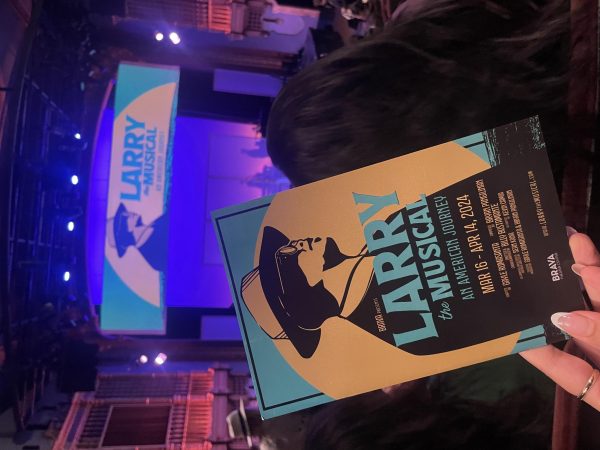Telling Stories Like Old
Lou Bloom. Travis Bickle. Arthur Fleck. Characters who you see on screen and you don’t know how to feel about them. Should we feel sympathy? Hatred? Pitty? Stories of old and stories replicating them leave a lot to the viewer’s imagination and gives the audience a part to play in building the narrative of the story. A lot of movies today tend to hold viewer’s hands and tell them what to feel in the stories being told, and movies such as Taxi Driver, Nightcrawler and Joker give back the choice to viewers and something we need back in movies and narrative driven art.
I love the Marvel Cinematic Universe Movies and other movies with straightforward narratives, but rather than letting the viewer do some heavy lifting by having viewers thinking about the plot while the movie is going, these movies always come out as very entertaining essays. Movies nowadays present an idea as true, in essay format is called a thesis, and over the course of the movie, present evidence to prove it true. But this idea of making a movie that is only made to prove an idea as true dulls minds of viewers and strips the viewers of creating their own idea, or synthesis.
Movies that don’t hold your hand and allow some freedom to create their own ideas from the movie helps raise critical thinking. We live in a society of black and white and we forget that most of life isn’t always as simple as that. Movies that don’t give you an answer right off the bat for many things, such as “should we even sympathize with the main character” or certain elements being uncertain, we push people to think and synthesize a solution that fits them.
Some great examples are books, more often than not, a common criticism of book to movie adaptations is that the book did it better. But did it though? The best part of books is that it leaves a lot of elements to the imagination of the reader. It can be from something as simple as a room being perceived differently to certain big name characters looks or even characteristics. In movies, visuals is a very important element this can drive and change the whole vibe of a scene. Books leave you to fill in the gaps and in a way, help build the narrative in their own way.
How movies can help have those elements is, one, by either going back to show don’t tell. If there’s a character backstory the writer wants them to know, they should probably think about how to visually present it rather than just out right saying it. An example I love is showing an alcoholic: we don’t need a medical report of the person’s health or a boss or other person yelling at them about their drinking habits, we can just have him on his alone time drink and have those spread out. Movies are a form of visual storytelling, something older forms of media did not have, and should be taken full advantage of.
A second way we can do this is by not giving all the information at once; even at all. I forgot the title of the movie, but there was a movie where a child was playing the piano and the father demanded he stop, the child stops and says, “mom would have wanted me to play.” The skeleton of context is there, the mother is no longer in the picture, but we don’t get anything else. We have to fill in the blanks ourselves and we have to work to build the story. In a more general sense, we who consider ourselves story writers are obligated to give the context but aren’t obliged to give them all the information.
Books are considered to help build intelligence and creativity above movies, and even though having ambiguous movie elements, or even full on ambiguous movies, won’t do all the heavy lifting to catch up, it will help movies at least keep pace. The statement of “if we can do it doesn’t exactly mean we should” rings true for all storytelling and older media have perfected this concept. A few movies have hit the nail on the head too, but generally still need to catch up, but learning what to tell and how to tell those things should be one of the first things to think about. Giving viewers some, if not a lot of power to build the narrative both helps keep the movie in the mind of the masses longer and also help the viewers stretch their brain cells a bit.












